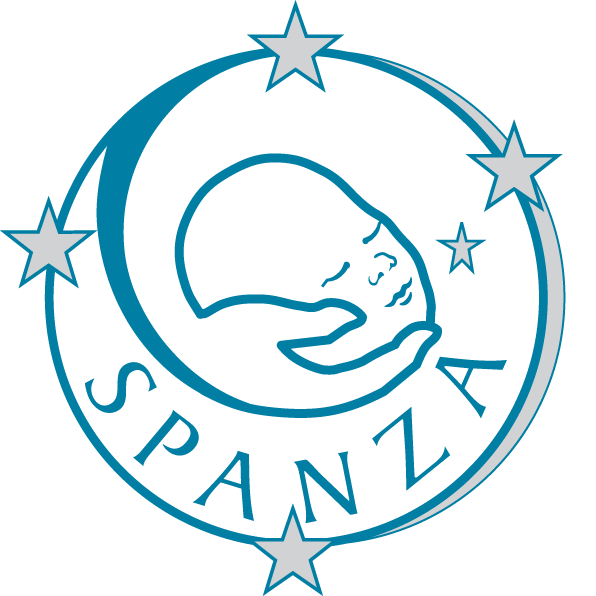The Influence of Electroencephalographic Density Spectral Array Guidance of Sevoflurane Administration on Recovery From General Anesthesia in Children. A Randomized Controlled Trial
Pediatric Anesthesia
Submitted July 2025 by Dr Sharon Eow
Read by 471 Journal Watch subscribers
Study type:
Single centre, prospective randomised controlled trial conducted at Sophia Children’s Hospital, a tertiary paediatric hospital in Rotterdam, Netherlands, between September 2022 and March 2024
Methods:
A. Inclusion criteria
- Children aged 6 months – 12 years scheduled for elective surgery under GA supplemented with caudal analgesia.
- Dutch-speaking parents/guardians for informed consent
B. Exclusion criteria
- Chronic use of drugs influencing the EEG (anti-epileptics, psychotropic medications)
- Premedication with Midazolam or Clonidine
C. Secondary exclusion criteria
- Protocol violation
- Failed caudal anaesthesia
Patients were randomised to two groups:
- Group SC: received end-tidal sevoflurane concentration of 2.3% (group SC – standard care in the author’s paediatric anaesthesia department)
- Group DSA: received sevoflurane anaesthesia titrated to maintain a characteristic Density Spectral Array (DSA) pattern using the Narcotrend EEG monitor, defined as consisting of delta and alpha activity, and possibly beta activity.
Findings:
96 children were analysed per-protocol which included 44 in group SC and 52 in group DSA.
Primary outcome:
The time interval between discontinuation of sevoflurane and when discharge criteria from the operating theatre were met (Steward score of 3 or more) were shorter in group DSA with a difference between medians of 6 minutes (95% CI -7 to 0, p = 0.041) (group DSA 6mins [13[4-16.8]]); group SC 12mins [18[6-24.3]]).
Secondary outcomes:
No statistically significant difference was found between the two groups in time from discontinuation of sevoflurane to discharge from post anaesthesia care unit (Steward score of 6).
Differences in depth of hypnosis during the procedure were found between the two groups. Group DSA had higher proportion of patients with DSA pattern representing general anaesthesia (46/52 vs 24/44) and too light sedation (2/52 vs 0/52), and lower proportion of patients with patterns suggesting too deep anaesthesia (4/52 vs 20/52).
The mean end-tidal sevoflurane concentration during procedure was lower in group DSA 1.8%(0.34) vs 2.3%(0.1) in group SC (95% CI 0.4-0.7, p<0.001).
Group SC had 3 patients with blood pressure drop of more than 2 standard deviations, which resolved with a 10ml/kg fluid bolus. No incidences of post-operative delirium, awareness, or other adverse events were reported.
Discussion:
The limitations associated with the use of index-based EEG monitoring in children is not as prominent when using Density Spectral Array, due to age- and anaesthesia-specific EEG expressions of the DSA pattern. However, not much is known about the benefit of using DSA in children.
The clinical relevance of a shorter time to discharge from operating theatre by 6 minutes demonstrated in this study as its primary outcome is up for debate. It could mean one extra patient per day in a busy day care setting. However, discharge criteria from operating theatre differ between institutions. For example, in our institution, a spontaneously breathing child can be brought to PACU with a supraglottic airway device in situ without waiting for a certain level of recovery; a shorter turnaround time in this setting may be of less clinical relevance.
The study demonstrated that dosing of sevoflurane purely based on MAC value is more likely result in a greater depth of anaesthesia; which did not show a resulting negative outcome in this study. The author did not report whether the three patients with hypotension were in this group of DSA pattern, but all of those resolved after fluid bolus. Unnecessary anaesthetic exposure through a vapouriser to target a higher end tidal concentration than required also has a negative environmental impact.
A limitation of this study is the relatively large number (10) of secondary exclusions due to protocol violations in the standard care group. Eight patients had end-tidal sevoflurane concentration erroneously maintained at 1.9% rather than 2.3%, two patients had co-administration of Propofol during maintenance of anaesthesia. As a result, the target number of 51 participants per study group were not achieved, hence underpowered based on the initial power analysis.
In addition, the team chose a per-protocol analysis to identify a treatment effect under optimal condition. As the protocol violations were patients independent, confounding due to exclusion of an outcome related factor is less likely.
Take home message:
There is a paucity of data published about the benefits of using Density Spectral Array analysis in children. This study provides initial evidence of an added value of DSA monitoring in regards to speed of recovery and allowing lower doses of sevoflurane during maintenance. However, larger studies with greater clinical relevance (at least for our institution) is required to warrant routine use of DSA guidance in sevoflurane anaesthesia.



